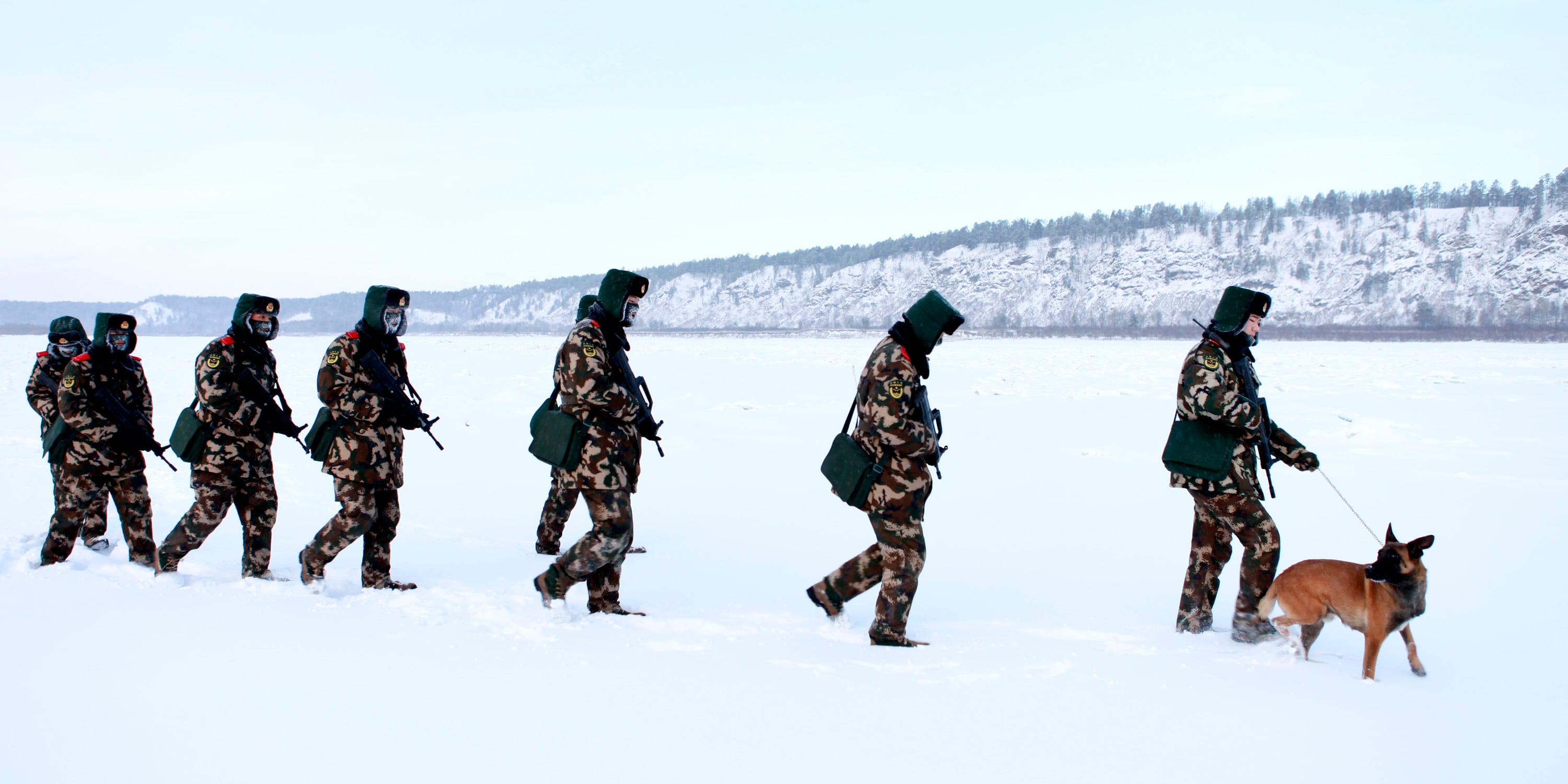MELBOURNE, Australia — China could stand to lose almost all of its ballistic and cruise missiles if it were to sign a new strategic arms control treaty, according to a new regional security assessment.
The analysis, titled “The End of the Intermediate Range Nuclear Forces Treaty: Implications for Asia,” is one of the chapters of the annual Asia-Pacific regional security assessment published by the International Institute for Strategic Studies think tank. IISS’ report was released June 5 and covered regional security topics such as Sino-U.S. relations, North Korea and Japanese policy.
China could lose 95 percent of its ballistic and cruise missile stockpile if it signs a treaty similar to the 1980s Intermediate-Range Nuclear Forces Treaty, according to the chapter’s co-authors Douglas Barrie, a senior fellow focused on military air power; Michael Elleman, the director of the Non-Proliferation and Nuclear Policy Program; and Meia Nouwens, a research fellow focused on Chinese defense policy and military modernization.
The treaty, signed between by the United States and the Soviet Union in 1987, banned all ground-launched ballistic and cruise missiles systems with ranges between 310 and 3,420 miles (500-5,500 kilometres). The U.S. withdrew from the INF Treaty in August 2019, citing Russian violations of the agreement with its development and fielding of the 9M279 missile, although Russia denies that the missile violated range restrictions.
However, the IISS report suggested the U.S. withdrawal was done with an eye toward China’s missile arsenal, which has grown to what is believed to be the world’s largest inventory of short- and medium-range ballistic missiles. IISS’ own figures estimate China possesses more than 2,200 missiles that fall under the INF Treaty’s restrictions.
These short- and medium-range missiles are important assets in exerting pressure on Taiwan, which China sees as a rogue province and has vowed to reunite with the mainland, by force if necessary, although it continues to describe its fielding of ground-launched ballistic and cruise missiles as solely for defensive purposes.
RELATED

Given these missiles provide China with what Barrie described as a “comparative advantage” in the region, it’s unlikely the country would willingly sign a potential arms control treaty like the INF Treaty.
The U.S, for its part, has already started testing missiles previously prohibited by the treaty, and there have been suggestions that the country might deploy such missiles to the Asia-Pacific region to address an imbalance in such weapons between itself and its rivals without solely relying on air- and sea-launched cruise missiles. (Those cruise missiles existed under the INF Treaty, as they did not violate the pact.)
The report cautioned there is a two-fold risk in deploying such weapons to the Asia-Pacific. Chief among those: exacerbating Chinese concerns that the missiles will be positioned for use against it, increasing the potential for a response from China that could lead to an “action-reaction cycle of weapons development and deployment” and continued regional instability.
The U.S. is also faced with the quandary of basing any potential INF-busting systems, with regional allies and partners unlikely to accede to locating such missiles on their territory, partly because of the diplomatic and economic reprisals Beijing could inflict on them. And there’s precedent here: China targeted South Korea’s economy in response to and expressed its distaste at the deployment of a U.S. missile defense system on South Korean soil in 2017.
As for the U.S. territory of Guam, basing missiles there would limit their utility due to the distances involved.
The IISS report also raised questions about whether U.S. moves to develop and deploy weapons previously prohibited by the INF Treaty will bring China to the arms control negotiating table. However, the think tank conceded that not deploying such weapons is also unlikely to persuade China, noting that that Beijing has shown little appetite for participating in any form of strategic and regional arms control.
Mike Yeo is the Asia correspondent for Defense News.








